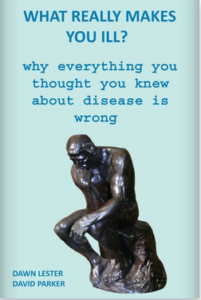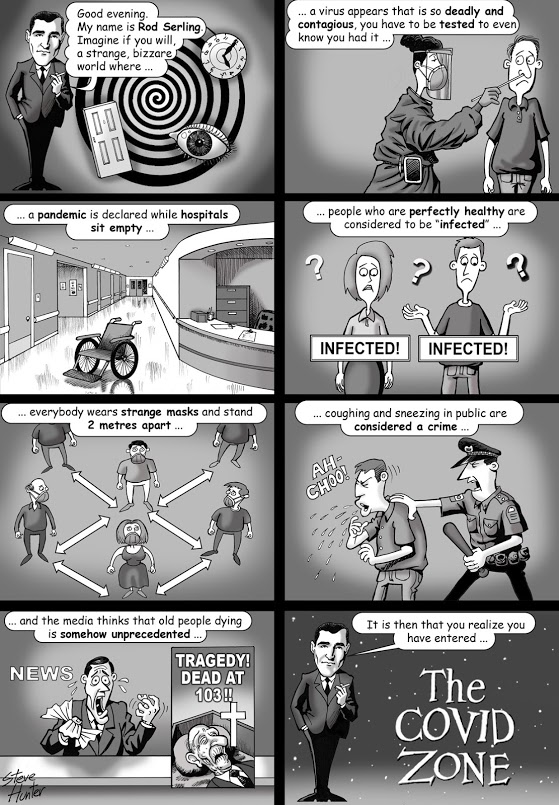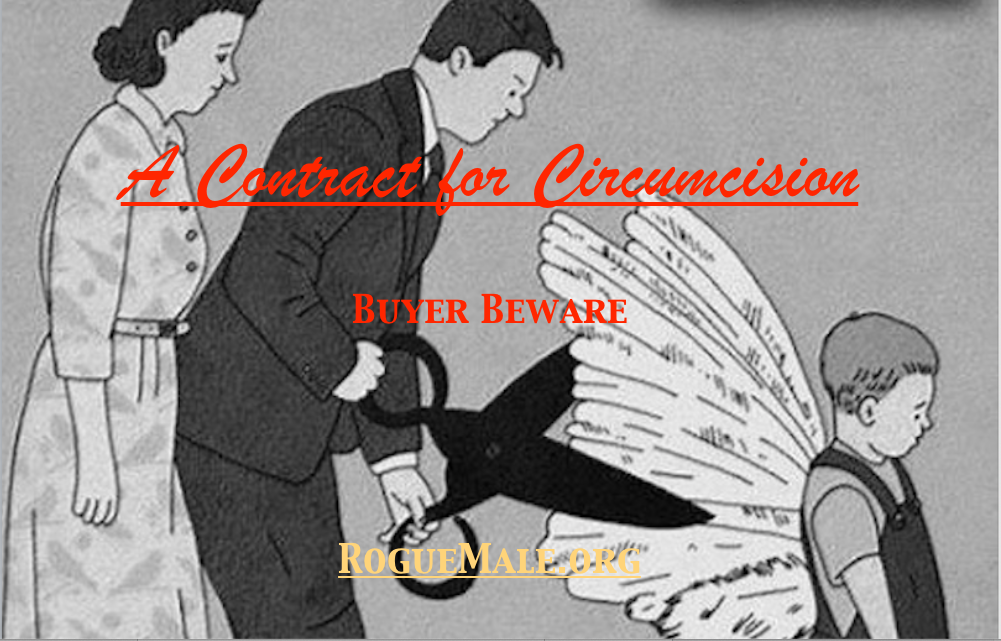Rejoice! There is and never will be a contagion caused by a virus!
Scared to Death: why you should not fear any virus.
Snake Oil – As Bogus Today as it’s ever been.

The Big Lie
The fear that has been deliberately engineered by way of the UK government’s relentless propaganda is founded upon a huge lie. That lie states that a virus is transmissible from individual to individual.
The previous article featured a High Wire piece about Dr Geert Vanden Bossche, a big Pharma insider who has dedicated his life to producing vaccines (snake oil) for corporate and personal gain.
The article exposed the crucial fiction that the vile vials of snake oil are safe and that they offer some kind of purported protection. Of course they do no such thing: in 2021, the needle is the preferred method of mass murder for profit and culling purposes. Genocide by another name.
What has become apparent to me is that Del Bigtree, the host of the High Wire and producer of the film, Vaxxed, for all his established work, is apparently a believer in the contagion or germ theory of infection.
He is of the view that the “shedding” of viruses can be dangerous to others as they are transmittable. Dr Vernon Coleman is another who shares this view and it is also one that is posited by Mike Robinson and Patrick Heningsen of the UK Column.
In a world of lies, where everything has been inverted (law, justice, sexuality, education, health, religion), it is easy to sell fake remedies. Where critical thinking has been diminished and mass media propaganda proliferates, the fake takes hold of the consciousness.
One pertinent example of this is the cornerstone to the Covid1984 fraud. The majority of people take it as a given that viruses are contagious, when, as a matter of fact, that is not the case.
The media feeds this lie, incessantly, and the consequence is that huge swathes of the people are currently walking around or cowering at home in fear of a non-existent threat to their timorous lives.
That fear exists in the notion that contagions and transmissible infections are real and out to ‘get us’. A fear that is promoted and promulgated by the mass media, in all its forms.
This masterful dissection by Jon Rappoport exposes how the film industry has planted seed after seed in the minds of those who view the plethora of films about deadly viruses:
Wikipedia has a page listing “films about viral outbreaks.” I count 134 titles. Obviously, the theme has legs.
A few of the more famous movies: I am Legend; The Omega Man; The Andromeda Strain; Outbreak; Maze Runner: The Death Cure; Resident Evil: Apocalypse; Contagion.
My overall review: ridiculous plots; fear porn; softens up the public to accept the notion of pandemics.
Manufacturing 134 movies on the same subject, you can sell almost anything. Zombies, toasters, alarm clocks that have long noses, golf balls from Mars, cave women with flawless teeth and perfect makeup and salon-sculptured hair and carefully engineered cleavage.
But in this case, it’s viruses. Source: NoMoreFakeNews
 The following is from Dawn Lester and David Parker’s excellent book, “What really makes you ill? Why everything you thought you knew about disease is wrong.”
The following is from Dawn Lester and David Parker’s excellent book, “What really makes you ill? Why everything you thought you knew about disease is wrong.”
Viruses
The establishment definition of a virus refers to it as,
“a minute particle that is capable of replication but only within living cells.”
All viruses have a basic structure described by the definition as follows,
“Each consists of a core of nucleic acid (DNA or RNA) surrounded by a protein shell.”
The definition also claims that viruses are the causes of many diseases, as if this has been definitively proven. But this is not the case; there is no original scientific evidence that definitively demonstrates that any virus is the cause of any disease. The burden of proof for any theory lies with those who propose it; but none of the existing documents provides ‘proof’ that supports the claim that ‘viruses’ are pathogens.
[…]
The fundamental problem lies with the use of the term ‘virus’ and the idea that it refers to a pathogenic microorganism.
During the 19th century, scientists who believed in the ‘germ theory’ had been able to discover a variety of bacteria that appeared to be associated with a number of the diseases they were investigating. However, they were unable to find a bacterial or even fungal agent associated with some of those diseases. This led them to the belief that there had to be some other ‘organism’ that was responsible for those other diseases. They believed that it must be an organism that was too small to be seen through the optical microscopes of the period.
It was only after the invention of the electron microscope in the 1930s that particles smaller than bacteria could be observed in samples taken from people with certain diseases. It was these tiny particles that became known as ‘viruses’ and assumed to be the causal agents of all diseases that could not be attributed to bacteria.
[…]
The word ‘virus’ had been used for centuries in connection with diseases and was certainly in use long before the particles now called ‘viruses’ were first seen or even theorised; this situation is a major source of much confusion on the topic. It is however, incorrect to assume that the particles that are now called ‘viruses’ are the same ‘entities’ to which the earlier writings referred.
All the evidence indicates that the early writings used the word ‘virus’ in the context of its original meaning, which is from the Latin for a ‘poison’ or ‘noxious substance’. This can be demonstrated by the practice of inoculation and vaccination, which used the ‘pus’ from sores on the skins of people with the disease called smallpox; this pus was often referred to by the word ‘virus’. The same word was also used to refer to the ‘pus’ from sores on the udders of cows with the disease called cowpox. The ‘pus’ from sores bears a far closer resemblance to the original meaning of ‘virus’ as a poison or a noxious substance than to an ‘infectious’ particle.
[…]
Dr Lynn Margulis PhD, a renowned biologist and member of the prestigious National Academy of Sciences (NAS) from 1983 until her death in 2011, provides an explanation in her book entitled Symbiotic Planet, of the distinction between living and non-living and explains that,
“They are not alive since outside living cells they do nothing, ever. Viruses require the metabolism of the live cell because they lack the requisites to generate their own. Metabolism, the incessant chemistry of self-maintenance, is an essential feature of life. Viruses lack this.”
An August 2008 Scientific American article entitled Are Viruses Alive provides an interesting insight into the changing perception of viruses,
“First seen as poisons, then as life-forms, then as biological chemicals, viruses today are thought of as being in a gray area between living and non-living…”
There is clearly a significant effort to promote the view that viruses must be alive because they are claimed to behave like bacteria, which are living entities; the main reason for this is because this view helps to justify the claims that viruses are ‘infectious agents’ that can be transmitted between people and can cause deadly diseases. But there is a major problem with the idea that viruses can be transmitted between people and cause deadly diseases. But there is a major problem with the idea that viruses can be transmitted between people, because, as Dr Margulis states,
“… any virus outside the membrane of a live cell is inert.”
Widespread public knowledge that viruses are ‘non-living’ particles that are inert outside of the host cell, would make it a great deal more difficult for the medical establishment to justify their claims that these particles are dangerous and cause many ‘deadly’ diseases.
The revelation that viruses are not living particles clearly raises two fundamental questions about their alleged functions: the first is how inert particles are able to move and be transmitted between people; the second is how viruses are able to enter the body and ‘infect’ cells.
The description of a viruses as inert means that it lacks the ability to move by itself. This lack of self-propelled motion is acknowledged by the medical establishment that refers to viruses as ‘not motile’.
Nevertheless, they attempt to explain the apparent ability of viruses to ‘move’ and be transmitted between people by the claim that they ride, or ‘hitchhike’ on various other particles that can travel through the environment. This ‘ride’ is said to cease when the virus particle makes contact with a new host to ‘infect’.
The problem with this explanation is that it fails to explain how a virus escapes from the host cell if it is ‘not motile’. It also fails to explain how the ‘virus’ is able to find and ‘hitch’ itself to the appropriate particle that is going to be ejected from the body during a sneeze or a cough.
The second question requires an explanation of the method by which a virus is claimed to be able to ‘infect’ a cell. The web page of UCMP (University of California Museum of Paleontology) Berkeley entitled Introduction to Viruses, states that,
“When it comes to contact with a host cell, a virus can insert its genetic material into its host…”
The purported mechanism is described in a little more detail in a July 2007 article entitled, Imaging Poliovirus Entry in Live Cells, the abstract of which begins,
“Viruses initiate infection by transferring their genetic material across a cellular membrane and into the appropriate compartment of the cell.”
This ‘insertion’ or ‘transfer’ assumes that the virus takes an active part in these mechanisms, but the idea that a virus can be active is contradicted by Dr Margulis and others who state categorically that a virus is inert outside of a living cell. The 2007 article makes the highly revealing statement that,
“The mechanisms by which animal viruses, especially non enveloped viruses deliver their genomes are only poorly understood.”
The article also reveals that,
“How non enveloped viruses, such as poliovirus, enter target cells is not well understood.”
[…]
It should be obvious that a great deal of the ‘information’ about viruses promulgated by the medical establishment is based on a collection of unproven assumptions and suppositions.
[…] the example of a cold ‘virus’ that is claimed to be transmitted via saliva or mucous particles when a person sneezes or coughs. These particles are said to be inhaled by another person, who then becomes ‘infected’ by the virus, which travels through the person’s body to the appropriate cells of their lung tissues. The transmission of any viral particle attached to saliva or mucous travelling through the air has never been observed in a laboratory under an electron microscope. The transmission of viruses in the air is an assumption; as is their ability to travel through a human body.”
A predecessor of the current scamdemic, which used the propagation of the virus transmission fiction is the 1918 so-called Spanish Flu ‘pandemic’:
The number of people reported to have died as the result of this epidemic varies widely from about 20 to 100 million people, which raises questions about the veracity of these claims ad about the number of genuine casualties from the flu rather than from the effects of WW1.
[…]
The epidemic of 1918 is usually referred to as a ‘viral disease’, although initially there were ideas that it was caused by a bacterium. Herbert Shelton describes some of the early experiments conducted on volunteers from the US Naval Detention camp to determine the alleged bacterial cause and to test the transmission of the disease. In his book entitled The Hygenic System: Bol VI orthopathy, he describes one of the experiments conducted to test the transmission of the disease and explains that,
“Ten other men were carried to the bedside of ten new cases of influenza following the experiment.”
[…]
… each healthy man had ten sick men cough in his face and none of them became ill; a fact that contradicts the idea that viral particles ‘hitchhike’ onto saliva or mucous that is ejected from the body during a sneeze or cough. According to the ‘germ theory’, all of the healthy men should have been ‘infected’ by the viruses and become ill. The fact that they did not fall ill poses a direct threat and serious challenge to the basic assumption that ‘flu’ is infectious.
Dr Stefan Lanka is a man who has repeatedly blown open the lie that viruses cause disease:
However much you stretch things in biology, there is simply no place for viruses as the causative agents of diseases. Only if I ignore the findings of Dr Hamer’s New Medicine , according to which shock events are the cause of many diseases, and the findings of chemistry on the effects of poisonings and deficiencies, and then if I ignore the findings of physics about the effects of radiation, then there is a place for imaginings such as disease causing viruses.
This is from a 2006 interview:
WHY THEN are disease causing viruses still being maintained to exist?
The academic medicine protagonists/practitioners need the paralysing, stupefying and destructive fear of disease causing phantom viruses as a central basis for their existence:
Firstly, in order to harm many people with vaccinations, in order to build up for themselves
a clientele of chronically ill and ailing objects who will put up with anything being done to them.
Secondly, in order not to have to admit that they are failing totally in their treatment of chronic illnesses and have killed and are killing more people than all wars so far have made possible.
Every practitioner of academic medicine is conscious of this, but only very few dare to speak about it. Therefore it’s no wonder either that among professional groups, it is that of the academic medicine practitioners that has the highest suicide rate, far surpassing other professional groups.
Thirdly, the academic medicine practitioners need the paralyzing and stupifying fear of diabolical viruses, in order to conceal their historical origin as an oppression and killing instrument of the Vatican’s when it was struggling to rise in the world, having developed out of the usurping West Roman army.
Academic medicine has been and is the most important pillar of support of all dictatorships and governments which do not want to submit to written law, to constitutions, to human rights, that is, to the democratically legitimized social contract.
This explains too why academic medicine really can and is allowed to do anything that pleases it, and in this is subjected to no control whatsoever. If we do not overcome this, we will all perish by this academic medicine.
WHAT VIRUSES ARE THERE at all, then, and what are they doing?
Structures which you can characterize as viruses exist in many species of bacteria and in simple life forms, similar to bacteria. They are elements of different cells living together in a common cell type that remains independent. This is called a symbiosis – an endosymbiosis – which has arisen in the course of the process of different cell types and structures combining, an endosymbiosis that has brought forth the present cell type, the type of cells which humans, animals and plants are made of.
Like the mitochondria, the bacteria in all our cells that breathe our oxygen [and produce our energy], and the chloroplasts, the bacteria in all plants, which produce oxygen, the viruses are parts – components of cells.
This is very important: Viruses are component parts of very simple organisms, for instance of the confervacae type of algae, a particular species of a one celled chlorella alga and of very many bacteria. As existing there, these viral component parts are called phages.
In complex organisms however, in particular in humans, or in animals or plants, such structures which you might call viruses have never been seen.
The bacteria in our cells, the mitochondria, or the bacteria in every plant, the chloroplasts, which cannot leave the common cell, since they are dependent on the metabolism of the cell. But viruses can leave the cell, since they are not carrying out any survival vital tasks within the cell.
Viruses, thus, are component parts of the cell which have turned their entire metabolism over to the common cell and therefore can leave the cell. Outside the common cell, they are helping other cells, in that they are transferring construction and energy substances. Any other function of theirs has never been observed.
Those actual viruses which have been scientifically demonstrated to exist, are performing in the very complex processes of interactions of different cells, a helping, a supporting and in no case a destructive role.
Also in the case of diseases, neither in the diseased organism nor in a bodily fluid has any structure which you could characterise as a virus ever been seen or isolated2. The proposition that there is any illness causing virus whatsoever is a transparent swindle, a fatal lie with dramatic consequences.
Source: “Bird Flu, AIDS and the Corruption of Medicine” 24 February, 2006.
So, what’s the game with Covid1984? one may ask. Lanka’s answer is as succinct as it is brilliant:
Academic medicine has been and is the most important pillar of support of all dictatorships and governments which do not want to submit to written law, to constitutions, to human rights, that is, to the democratically legitimised social contract. – Virologist Dr. Stephan Lanka Interview 10.27.2005
Further reading:
“The Virus Misconception Part 1 – Measles as an example” – by Dr Stefan Lanka
“The Virus Misconception Part 2 – The beginning and end of the corona crisis” – by Dr Stefan Lanka
“The Misinterpretation of the Antibodies” with Dr Stefan Lanka
Dr Stefan Lanka Interview July 2020 – “Virologist”, molecular and marine biologist. All claims of “virus” existence refuted.
“No Panic – Dr Stefan Lanka on Bird Flu, AIDS and the Corruption of Medicine”
– Feb 24, 2006
As ever, much gratitude to David R for his unstinting support and to Michael O’Bernicia for his indomitable spirit.






March 24, 2021
According to a medical report co-authored by Fauci in 2008, the majority of deaths attributed to the 1918 Spanish flu, were from a bacterial infection of the upper respiratory tract bought about from the wearing of masks.